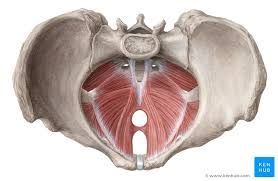A Stool For Your Stool
Revolutionizing your thrown!

Each toilet should ideally be equipped with a footstool designed to enhance the sitting experience. Why, you ask? This footstool serves the purpose of promoting a more natural and effective posture for bowel movements, one that aligns with our anatomical design.
In the squatting position, the knees are elevated and the hips are flexed, aiding in the straightening of the rectum. This alignment creates an unobstructed path for stool to pass through, optimizing the evacuation process. This approach is believed to facilitate better alignment of the colon, leading to more comfortable waste elimination. In contrast, the conventional toilet seat can inadvertently create a slight kink in the rectum's angle, potentially hindering waste elimination comfort.
In terms of the pelvic floor, emerging evidence indicates potential benefits of adopting a squatting posture. The pelvic floor muscles, responsible for continence maintenance and support of pelvic organs like the bladder, uterus, and rectum, may find greater relaxation in a squat. This relaxation could potentially ease the process of bowel movements.
It's important, however, to recognize that the impact of using a
Squatty Potty on the pelvic floor can vary among individuals. Those with specific pelvic floor conditions, such as pelvic organ prolapse or pelvic pain disorders, should consider seeking guidance from a pelvic floor physical therapist. This step ensures a comprehensive assessment of their bathroom habits and overall pelvic health.










